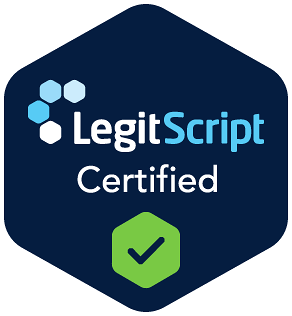Prepositions are curious parts of speech. The of’s, in’s, among’s, by’s, etc. govern, often with little more than two letters, the relationships between words and, by extension, thought. The world of modern medicine is brimming with prepositions: for, at, to, by. The prepositions commonly used in modern medicine speak to an inherent relational quality of power where care is delivered to the individual by the medical establishment. There are times when, by dint of our vulnerabilities in the face of sickness or pain, consenting to a healing relationship in which a trusted other (i.e., physician) acts upon us or on behalf of us can be relieving. In this best-circumstance scenario we, in knowledge of the limits of our understanding as to how to resolve a malady and placing ourselves in the role of recipient-of-care, defer to an agent, in this case, a doctor, who we trust to understand our condition and functionally tell us what to do to resolve it. There is a strong element of to and by and for.
And yet…
How does this model bend and reorganize under the peculiar weight of psychedelic therapy? How do our prepositions change when the healing starts best with affirmation of our active participation in it?
Ketamine and esketamine, unique in the pantheon of psychedelic medications in the quality of the experience that they provide nevertheless provide a psychedelic experience. Deeply internal, the ketamine and esketamine medication effect participates with the individual who has decided to avail himself/herself/themselves of the medicine to produce the psychedelia. The dynamic between the medicine and the individual cannot be underestimate and comes to inflect a particular treatment priority upon the entire system that supports recovery through the incorporation of ketamine and esketamine:
With not to.
“With not to” is a terse aphorism that contains an important depth of meaning, namely: the process by which the individual undergoes treatment with ketamine/esketamine defers to the active and commensurate participation of each actor in the experience. The “patient” and “clinician” are working together: with not to. The patient, even in the face of hardship, occupies and active and agentic role in recovery and uses the expertise of the clinician to safely choose and undergo treatment: with not to. The clinician sits in a place of uncertainty, partnering with the patient in the course of discovery and alleviation of symptoms: with not to. There is no suitable recovery until and unless both the individual identified as “patient” and the individual identified as “clinician” recognize that recovery is best planned in the context of affirming strength, participation, engagement, and the ability to tolerate uncertainty on both parties. With not to. Each participant brings his/her/their relative expertise to engage in a dialogue and practice that carries with it the same qualities of uncertainty as any planned for thing: circumstances have a way of defying expectation. In that context, isn’t treatment just like life: we plan, we act, we pivot, we contingency plan, and so on. As a ketamine/esketamine provider, personally, and as a representative of Lumin Health, more broadly, this process is best done through the priority of collaboration. You guessed it: with not to.
This philosophy extends beyond the dyad of patient and clinician. With becomes a presiding principle as treatment does not happen in a vacuum. It happens with friends and family. It happens with other mental health clinicians. It happens with spiritual advisors, primary care doctors, a healthy diet, a good sleep schedule, an exercise regimen, a meditation practice, a healthy workplace environment, etc. It happens with recognizing our strength in the face of adversity. It happens with acknowledging the limits of our own control and the boundlessness of our own influence. It happens with upsets and non-linear trajectories of progress. It happens with celebrations and griefs.
With keeps us in a world of active engagement with ourselves and the world around us. With keeps us firmly seated in an empowered and participatory position. With highlights agency and responsibility in our own recovery (when assuming the role of care recipient) and agency and responsibility in how we help (when assuming the role of care provider) – always in partnership.
Prepositions are curious parts of speech. They connect us to the meaning behind ideas. They define relationships between independent clauses. And in the circumstance of ketamine and esketamine, they impart an important paradigm shift in how being in a care-relationship is defined: with.
Heading 1
Heading 2
Heading 3
Heading 4
Heading 5
Heading 6
Lorem ipsum dolor sit amet, consectetur adipiscing elit, sed do eiusmod tempor incididunt ut labore et dolore magna aliqua. Ut enim ad minim veniam, quis nostrud exercitation ullamco laboris nisi ut aliquip ex ea commodo consequat. Duis aute irure dolor in reprehenderit in voluptate velit esse cillum dolore eu fugiat nulla pariatur.
Block quote
Ordered list
- Item 1
- Item 2
- Item 3
Unordered list
- Item A
- Item B
- Item C
Bold text
Emphasis
Superscript
Subscript







